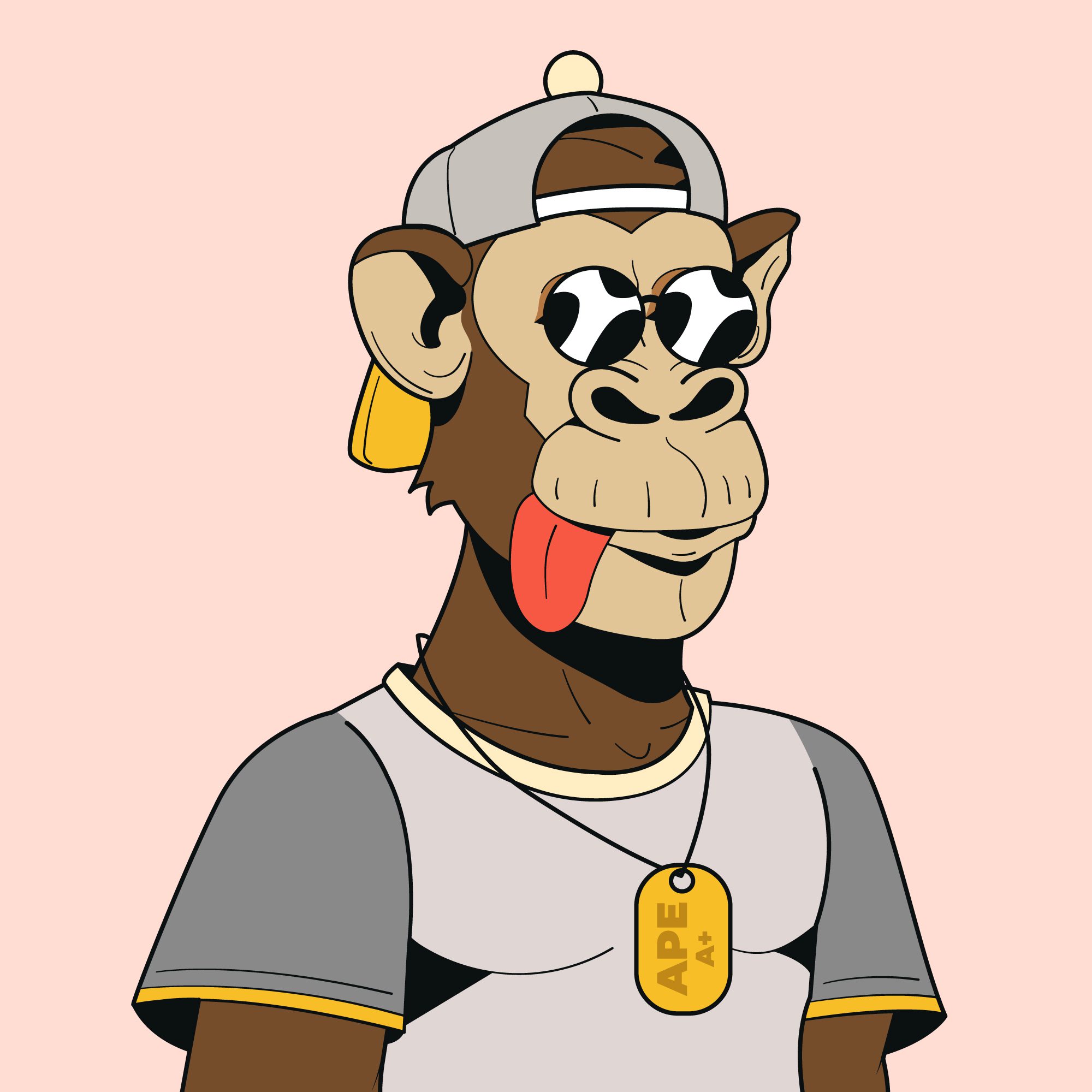In the fast-paced world of cryptocurrencies and blockchain technology, TRON (TRX) stands out as a prominent and ambitious project with the goal of revolutionizing the way digital content is created, shared, and monetized.
Founded by Justin Sun in 2017, TRON has gained significant attention and a dedicated community. In this comprehensive guide, we will delve into the world of TRON, providing you with all the essential information you need to know about this innovative cryptocurrency.
What is TRON (TRX)?
TRON is a blockchain platform designed to create a decentralized internet, aiming to eliminate intermediaries in the digital content industry. It seeks to empower content creators by providing a decentralized ecosystem where they can directly connect with their audiences, retain control over their content, and receive fair compensation for their work.
TRX is the native cryptocurrency of the TRON network, and it plays a crucial role in facilitating transactions and interactions within the platform.
Key Features of TRON
1. Decentralized Content Sharing: TRON’s primary objective is to decentralize the internet. It allows content creators to publish their content on the TRON blockchain without relying on centralized platforms like YouTube, Facebook, or Twitter. This gives creators more control over their work and revenue.
2. Scalability: TRON is designed for high throughput and scalability. It can handle a large number of transactions per second, making it suitable for hosting decentralized applications (dApps) and high-demand content platforms.
3. Proof of Stake (PoS): TRON employs a Delegated Proof of Stake (DPoS) consensus mechanism. TRX holders can vote for “super representatives” who validate transactions and maintain the network’s security. This mechanism enhances network efficiency and reduces energy consumption compared to Proof of Work (PoW) blockchains like Bitcoin.
4. Smart Contracts: TRON supports smart contracts, enabling developers to create decentralized applications (dApps) on the platform. These dApps can range from gaming and social media to DeFi (Decentralized Finance) and more.
5. Interoperability: TRON has developed the TRON Virtual Machine (TVM) to facilitate cross-chain compatibility. This allows developers to port their projects from other blockchains like Ethereum to TRON with ease.
6. Decentralized Finance (DeFi): TRON has a growing DeFi ecosystem, including decentralized exchanges (DEXs), lending platforms, and yield farming opportunities, all powered by TRX and TRC-20 tokens.
How Does TRON Work?
Understanding how TRON works involves exploring its underlying technology and key components:
1. TRON Blockchain: At its core, TRON operates as a blockchain network. Transactions are recorded on a decentralized ledger, ensuring transparency and security. TRX is used as the native cryptocurrency for transaction fees and interacting with smart contracts.
2. Smart Contracts: TRON supports smart contracts, which are self-executing contracts with predefined rules. These contracts automate processes and enable the creation of decentralized applications (dApps) on the TRON network. Developers use the Solidity programming language, similar to Ethereum.
3. TRC Tokens: TRON’s blockchain also supports various TRC tokens, similar to Ethereum’s ERC-20 tokens. These tokens can represent assets, ownership rights, and other digital assets. TRC-20 tokens are commonly used within the TRON ecosystem.
4. Delegated Proof of Stake (DPoS): TRON’s consensus mechanism involves a group of elected “super representatives” that validate transactions and create blocks. DPoS enhances network efficiency, reduces energy consumption, and facilitates quicker transaction confirmation times.
5. TRON Virtual Machine (TVM): TVM is a critical component of TRON that enables developers to execute smart contracts and build decentralized applications (dApps). It offers compatibility with the Ethereum Virtual Machine (EVM), allowing for the migration of existing Ethereum-based projects to TRON.
What Can You Do With TRX?

TRX, as the native cryptocurrency of the TRON network, has several use cases within the ecosystem and beyond:
1. Content Creation and Monetization: Content creators can publish their work on TRON-based platforms, allowing them to connect directly with their audiences. They can earn TRX through various monetization methods, such as donations, subscriptions, and advertising revenue.
2. Decentralized Applications (dApps): Developers can build and deploy dApps on the TRON network, covering a wide range of use cases, including gaming, social media, DeFi, and more. TRX is used as a means of exchange and to interact with these dApps.
3. TRC Tokens: TRX can be converted into various TRC tokens, which represent different assets, including stablecoins, NFTs (Non-Fungible Tokens), and other digital assets. These tokens can be used for specific purposes within the TRON ecosystem.
4. Staking: TRX holders can participate in crypto staking to secure the network and earn rewards in the form of additional TRX tokens. Staking is essential for maintaining the integrity of the TRON blockchain.
5. DeFi Services: TRX can be used within TRON’s DeFi ecosystem, including decentralized exchanges, liquidity provision, lending platforms, and yield farming, providing opportunities for users to earn rewards and interest.
6. Cross-Chain Activities: TRX’s interoperability with other blockchains allows it to be used for cross-chain activities, asset transfers, and engaging with dApps on different blockchain networks.
Investment: Some individuals hold TRX as an investment, speculating that its value will appreciate over time due to its utility and adoption within the TRON ecosystem and the broader cryptocurrency market.
Selling and Cashing Out TRON (TRX)
Selling TRON is easy, especially with a platform like Prestmit. Prestmit is a platform that allows users to sell TRON and other cryptocurrencies in an OTC fashion. Here’s a detailed explanation of selling crypto on Prestmit.
About The TRON Community
TRON has cultivated a vibrant and active community of users, developers, and enthusiasts. Some notable aspects of the TRON community include:
1. Decentralized Applications: TRON’s growing ecosystem of dApps attracts developers and users who are interested in exploring various decentralized services, from gaming and DeFi to NFT marketplaces and social media platforms.
2. Staking and Governance: TRX holders who participate in staking are often actively engaged in the governance of the network, where they can vote for super representatives and influence network upgrades and decisions.
3. Partnerships: TRON has formed partnerships with various companies, projects, and organizations to expand its reach and utility, including collaborations with gaming companies, blockchain projects, and media platforms.
4. Events and Promotions: The TRON community often organizes events, giveaways, and promotions to raise awareness and reward community members for their participation and support.
5. Charitable Initiatives: TRON and its founder, Justin Sun, have been involved in philanthropic efforts, including donations to charitable causes and disaster relief efforts.
Challenges and Criticisms Associated with TRON (TRX)
While TRON has garnered attention and a dedicated following, it has also faced challenges and criticisms:
1. Centralization Concerns: Critics have raised concerns about the degree of centralization within the TRON network, particularly regarding the selection of super representatives and allegations of overly centralized decision-making.
2. Competition: TRON faces competition from other blockchain platforms, such as Ethereum, Binance Smart Chain, and Polkadot, all vying for developer and user attention within the decentralized application space.
3. Regulatory Scrutiny: As with many blockchain projects, TRON has faced regulatory scrutiny in various jurisdictions, requiring it to navigate complex legal and compliance issues.
4. Scalability: While TRON has made strides in scalability, as more dApps and users join the network, it may need to continue addressing scalability challenges to maintain efficiency and transaction speeds.
What Are Some TRON Frequently Asked Questions?
Here are some frequently asked questions (FAQs) about TRON (TRX) to help you gain a better understanding of this blockchain platform and its native cryptocurrency:
1. What is TRON (TRX)?
TRON is a blockchain platform and cryptocurrency designed to create a decentralized internet. Its goal is to enable content creators to publish and monetize their work without relying on centralized intermediaries like social media platforms or streaming services.
2. Who founded TRON?
TRON was founded by Justin Sun in 2017. Justin Sun is a prominent figure in the blockchain and cryptocurrency industry and has played a significant role in promoting and developing TRON.
3. What is the main use of TRX (TRON’s native cryptocurrency)?
TRX is used as the native cryptocurrency within the TRON ecosystem. It serves various purposes, including transaction fees, interactions with smart contracts, participation in decentralized applications (dApps), staking, and governance.
4. How does TRON’s proof of stake (PoS) mechanism work?
TRON uses a Delegated Proof of Stake (DPoS) consensus mechanism. TRX holders can vote for “super representatives” who validate transactions and maintain the network’s security. These super representatives are elected by the TRX community and play a key role in the network’s governance.
5. What are TRC-20 tokens?
TRC-20 tokens are tokens created on the TRON blockchain, similar to Ethereum’s ERC-20 tokens. They can represent various assets, including digital currencies, utility tokens, and non-fungible tokens (NFTs). TRC-20 tokens are commonly used within the TRON ecosystem.
6. How can I participate in staking TRX?
To participate in staking TRX, you can delegate your TRX tokens to a super representative or vote for a super representative to earn rewards. Staking helps secure the network and allows you to earn additional TRX tokens.
7. What is TRON Virtual Machine (TVM)?
The TRON Virtual Machine (TVM) is a crucial component of TRON that enables the execution of smart contracts and the development of dApps on the platform. It is compatible with Ethereum’s Ethereum Virtual Machine (EVM), making it easier for developers to migrate projects from Ethereum to TRON.
8. Can I use TRX for decentralized finance (DeFi) activities?
Yes, TRX is actively used within TRON’s DeFi ecosystem. Users can participate in decentralized exchanges (DEXs), provide liquidity, borrow and lend assets, and engage in yield farming using TRX and TRC-20 tokens.
9. How does TRON aim to decentralize the internet?
TRON aims to decentralize the internet by providing a platform where content creators can directly interact with their audiences and monetize their content without relying on centralized platforms like social media networks or streaming services. It seeks to return control and revenue to content creators.
10. Is TRON subject to regulatory oversight?
The regulatory status of TRON varies by jurisdiction. Like other blockchain projects, TRON may be subject to regulatory scrutiny in different regions. It’s essential to stay informed about local regulations and compliance requirements.
Conclusion
TRON, with its mission to decentralize the internet and empower content creators, has carved out a unique place in the blockchain ecosystem. With a strong emphasis on scalability, smart contracts, and DeFi services, TRON offers a versatile platform for developers and users alike.
Whether you’re interested in content creation, decentralized applications, DeFi, or blockchain technology in general, TRON provides a range of opportunities and use cases. However, like all cryptocurrencies and blockchain projects, it’s crucial to conduct thorough research and stay informed about the latest developments, challenges, and opportunities within the TRON ecosystem.
As TRON continues to evolve, its impact on the world of digital content and decentralized applications is likely to remain a topic of interest and discussion.
You might want to read more about other cryptocurrencies:

